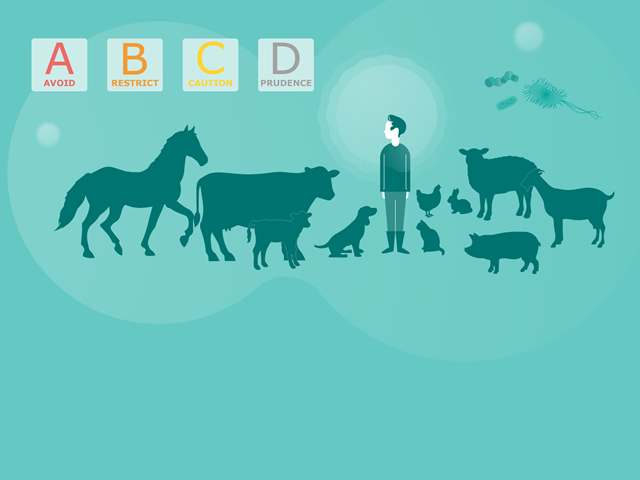Categorisation of antibiotics used in animals promotes responsible use to protect public and animal health
Press releaseVeterinaryAntimicrobial resistance
On Monday, 12 January 2026, between 07:00 and 10:00 CET (Amsterdam time), this website will be unavailable due to scheduled maintenance.

Veterinarians are encouraged to check and consider EMA's updated scientific advice on the categorisation of antibiotics when prescribing these medicines for animals in their care. This categorisation can also be used as a tool for the preparation of treatment guidelines.
The scientific advice, which was subject to a public consultation launched in February 2019, ranks antibiotics by considering both the risk that their use in animals causes to public health through the possible development of antimicrobial resistance and the need to use them in veterinary medicine. It was prepared by the Antimicrobial Advice Ad Hoc Expert Group (AMEG) and adopted by both EMA’s veterinary medicines committee (CVMP) and human medicines committee (CHMP) in line with EMA’s support of a 'One Health' approach that promotes close and integrated cooperation between human and veterinary medicine.
The update takes into account the experience gained since the initial categorisation of antibiotics in 2014, which proposed three categories for the antibiotics classified as Critically Important Antimicrobials (CIA) in the World Health Organization’s CIA list, i.e. those of most relevance for human health. The revised categorisation considers all classes of antibiotics and includes additional criteria such as the availability of alternative antibiotics in veterinary medicine. The AMEG also evaluated the impact of the route of administration on the selection of antibiotic resistance and included its conclusions in a separate list to consider when prescribing antibiotics. The classification now comprises four categories, from A to D: Avoid, Restrict, Caution and Prudence.
The categorisation of antibiotic classes for veterinary use in the EU, with examples of active substances per class, is presented in the infographic available on EMA’s website. It also includes routes of administration and types of formulation sorted by their estimated impact on AMR. Veterinarians are encouraged to consult this infographic when deciding which antibiotic to prescribe to animals. However, the categorisation does not translate directly into treatment guidelines and attention should also be paid to information in the Summary of Product Characteristics for individual products and applicable legislative frameworks (e.g. in relation to Maximum Residue Limits). The full advice, including the scientific rationale for the categorisation, is available.
Categorisation of antibiotics in the European Union - Answer to the request from the European Commission for updating the scientific advice on the impact on public health and animal health of the use of antibiotics in animals